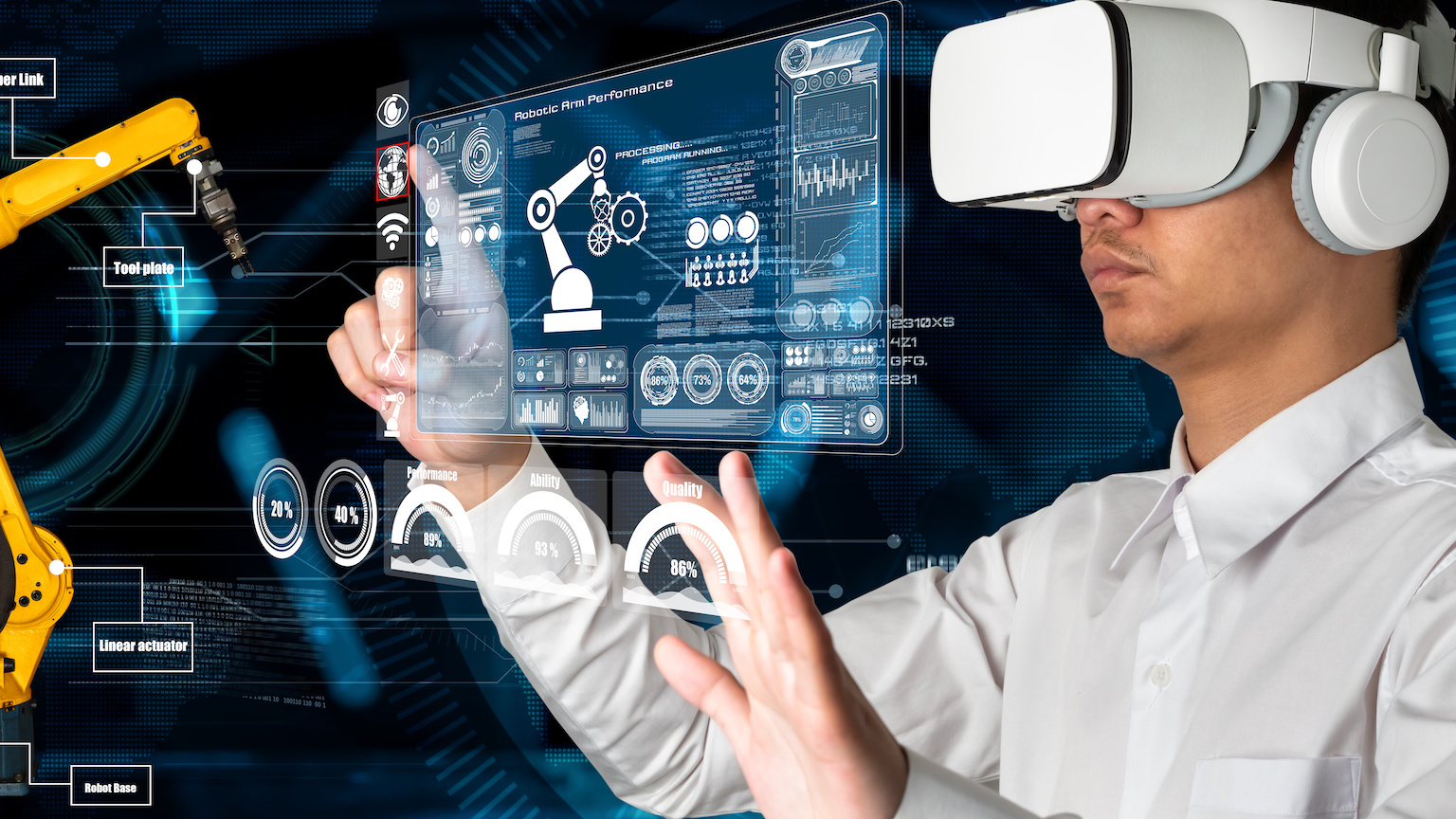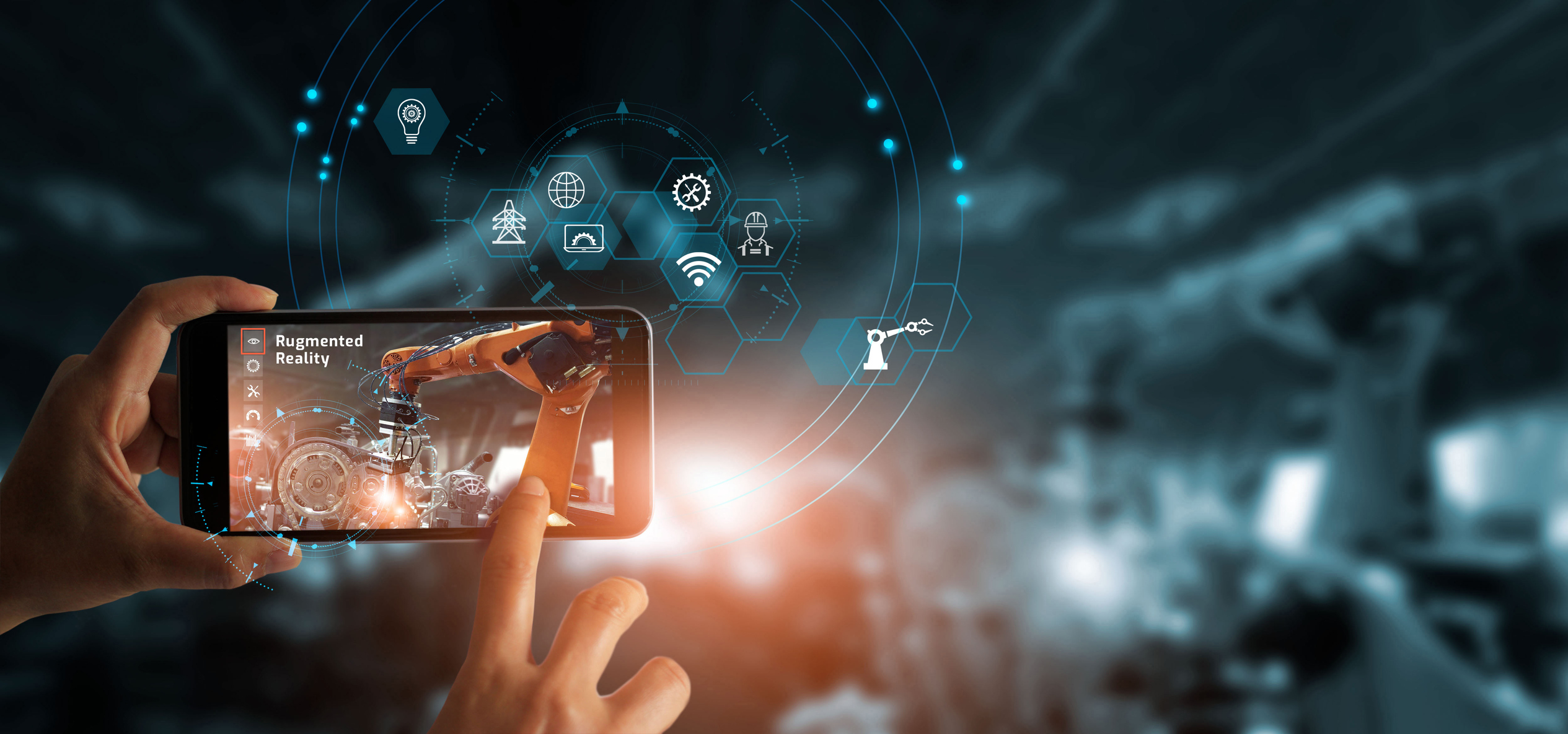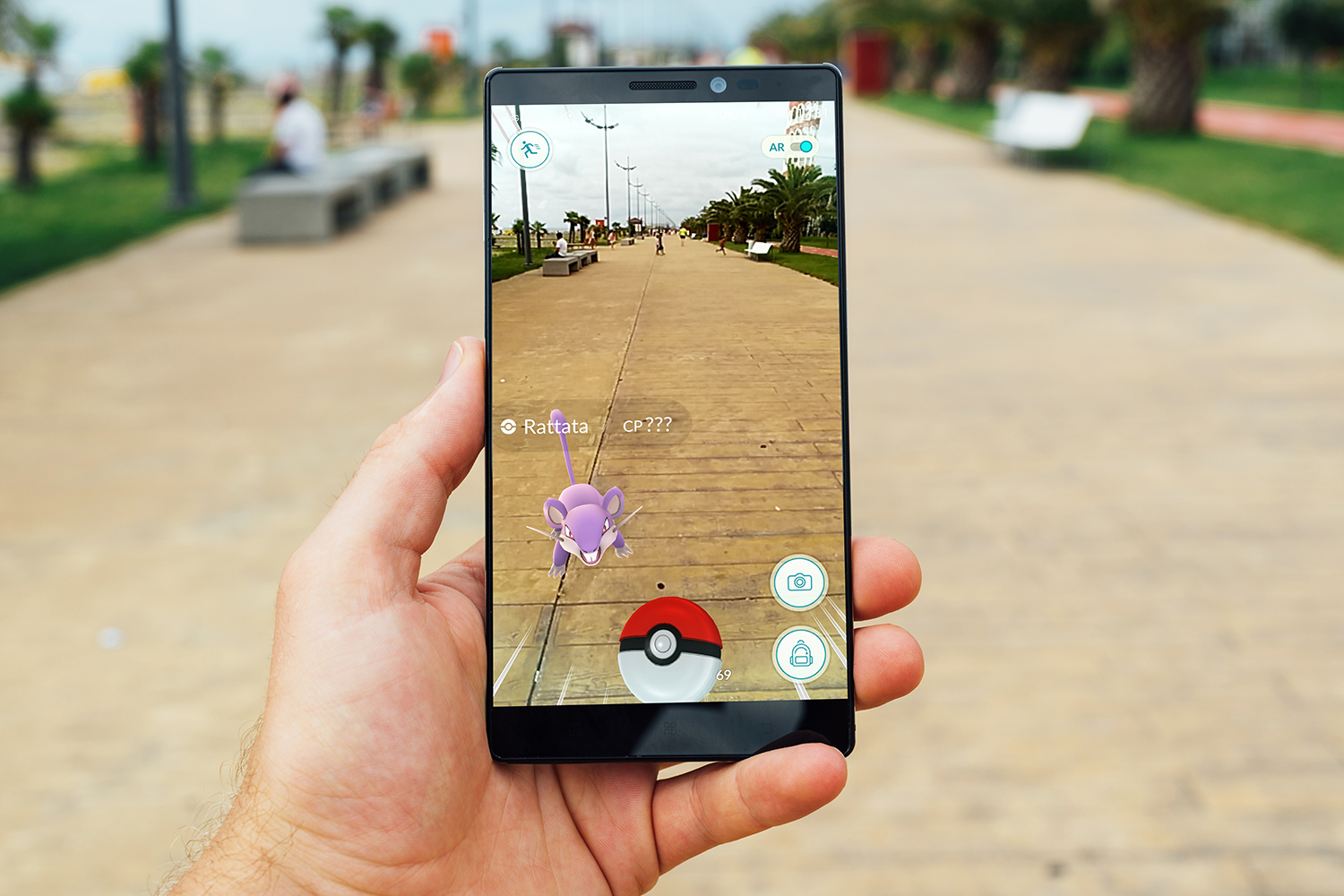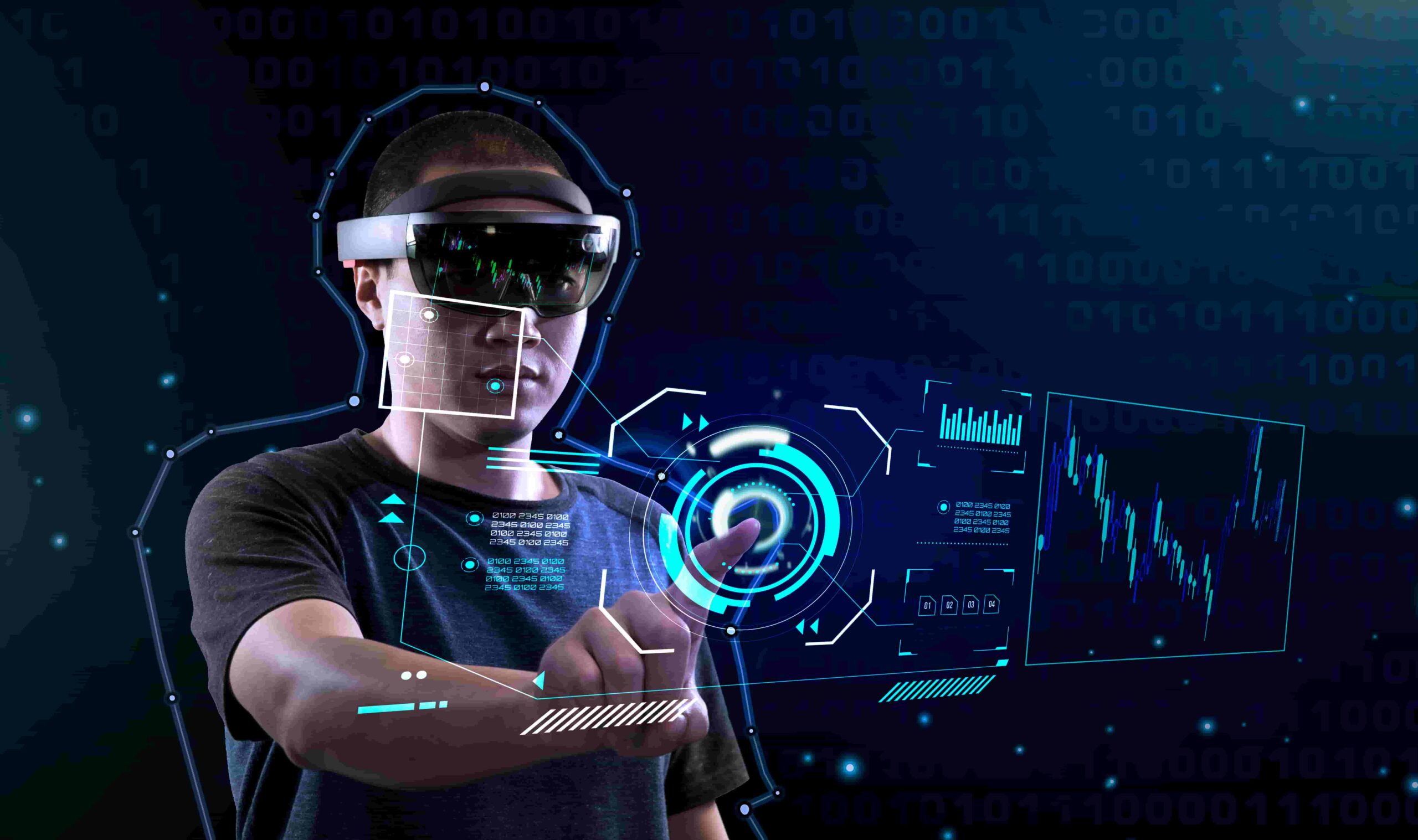Augmented Reality: Blurring the Lines Between the Real and the Digital
Related Articles: Augmented Reality: Blurring the Lines Between the Real and the Digital
- 6G Network Development
- Biometric Authentication
- Quantum Computing
- Smartphone Screen Protection
- Best Laptops for Programming 2025: Elevate Your Coding Game
Introduction
With enthusiasm, let’s navigate through the intriguing topic related to Augmented Reality: Blurring the Lines Between the Real and the Digital. Let’s weave interesting information and offer fresh perspectives to the readers.
Table of Content
Video about Augmented Reality: Blurring the Lines Between the Real and the Digital
Augmented Reality: Blurring the Lines Between the Real and the Digital

Augmented reality (AR) is rapidly transforming how we interact with the world around us. No longer a futuristic fantasy confined to science fiction novels, AR is becoming increasingly integrated into our daily lives, impacting various sectors from gaming and entertainment to healthcare, education, and retail. This technology, which overlays digital information onto the real world, is revolutionizing our experience of reality, offering unprecedented opportunities for innovation and engagement.
Understanding the Essence of Augmented Reality
At its core, augmented reality enhances our perception of reality by superimposing computer-generated images, sounds, and other sensory information onto our real-world view. Unlike virtual reality (VR), which completely immerses users in a simulated environment, AR maintains a connection to the physical world, blending the digital and the real seamlessly. This subtle yet powerful distinction allows for a more natural and less disorienting experience, making AR applications more accessible and widely applicable.
The technology behind AR is multifaceted, leveraging various hardware and software components to achieve its immersive effects. Common methods include:
-
Marker-based AR: This approach utilizes image recognition technology to identify specific markers, such as printed images or QR codes, and then overlays digital content onto those markers. This method is relatively straightforward to implement and offers a reliable way to trigger AR experiences.
-
Markerless AR: This more sophisticated approach uses the device’s camera and sensors, such as GPS, accelerometers, and gyroscopes, to track the user’s location and orientation in the real world. This allows for the placement of digital objects in the environment without the need for predefined markers, providing greater flexibility and realism.

-
Projection-based AR: This technique projects digital images onto real-world surfaces, creating interactive displays. This method is particularly useful for large-scale installations and public displays.

Superimposition-based AR: This involves replacing a real-world view with a computer-generated one. For example, a medical application might use this to overlay a digital X-ray onto a patient’s body, allowing surgeons to visualize internal structures during an operation.
The Expanding Applications of Augmented Reality
The versatility of AR has led to its adoption across a diverse range of industries, with applications constantly evolving and expanding. Here are some prominent examples:

-
Gaming and Entertainment: AR games like Pokémon Go have demonstrated the immense potential of this technology to engage users in interactive and immersive experiences. The ability to overlay digital characters and objects onto the real world has transformed the gaming landscape, creating new possibilities for gameplay and social interaction. Beyond gaming, AR is enhancing entertainment experiences through interactive storytelling, virtual concerts, and immersive museum exhibits.
-
Retail and E-commerce: AR is revolutionizing the shopping experience by allowing customers to virtually try on clothes, visualize furniture in their homes, or test makeup products without physically purchasing them. This technology reduces the risk of buyer’s remorse and enhances the overall shopping experience, leading to increased customer satisfaction and sales. AR-powered shopping apps provide detailed product information, 3D models, and interactive demonstrations, creating a more engaging and informative shopping journey.
-
Healthcare: AR is transforming healthcare through applications ranging from surgical planning and guidance to medical training and patient education. Surgeons can use AR to visualize internal organs and plan complex procedures with greater precision. Medical students can practice procedures on virtual patients, gaining valuable experience in a safe and controlled environment. AR applications can also be used to create interactive educational materials for patients, helping them understand their conditions and treatment plans.
-
Education: AR is revolutionizing education by creating immersive and engaging learning experiences. Students can explore historical sites virtually, dissect virtual organs, or interact with 3D models of complex scientific concepts. AR-powered educational apps provide interactive lessons, quizzes, and simulations, making learning more fun and effective. This technology fosters a deeper understanding of complex subjects by providing visual and interactive representations of abstract concepts.
-
Manufacturing and Industrial Applications: AR is improving efficiency and safety in manufacturing by providing workers with real-time information and guidance. Workers can use AR headsets to view instructions, access schematics, and troubleshoot equipment problems without interrupting their workflow. AR applications can also be used to train workers on new equipment and procedures, reducing training time and improving safety. This technology leads to increased productivity and reduced errors in manufacturing processes.
-
Navigation and Mapping: AR navigation apps overlay directions and points of interest onto the user’s real-world view, making navigation easier and more intuitive. These apps can provide real-time information on traffic conditions, public transportation schedules, and nearby amenities, enhancing the user’s overall navigation experience. AR maps are also being used to create interactive city guides and tourism applications, providing users with rich information about their surroundings.
Challenges and Future Trends in Augmented Reality
Despite its rapid advancements, AR still faces several challenges:
-
Hardware limitations: AR devices, particularly headsets, can be bulky, expensive, and have limited battery life. Further advancements in hardware are necessary to make AR devices more comfortable, affordable, and accessible.
-
Software development complexity: Developing high-quality AR applications requires specialized skills and expertise. The complexity of creating realistic and interactive AR experiences can be a significant barrier to entry for developers.
-
Privacy concerns: The use of AR devices raises privacy concerns, as they often collect data about the user’s location and surroundings. Addressing these privacy concerns is crucial for the widespread adoption of AR technology.
-
User experience: Creating engaging and intuitive AR experiences requires careful design and consideration of user needs. Poorly designed AR applications can be confusing, frustrating, and ultimately ineffective.
Despite these challenges, the future of AR looks bright. Several exciting trends are shaping the evolution of this technology:
-
Improved hardware: Advancements in processor technology, display technology, and battery life are making AR devices more powerful, compact, and energy-efficient.
-
Cloud-based AR: Cloud computing is enabling the development of more sophisticated and resource-intensive AR applications. Cloud-based AR platforms allow developers to leverage the power of remote servers to process complex computations and store large amounts of data.
-
AI integration: Artificial intelligence (AI) is playing an increasingly important role in AR, enabling more intelligent and personalized AR experiences. AI-powered AR applications can adapt to user behavior, provide context-aware information, and create more engaging and immersive interactions.
-
Increased accessibility: As AR technology matures and becomes more affordable, it will become more accessible to a wider range of users. This will lead to a broader adoption of AR in various sectors and applications.
Conclusion:
Augmented reality is no longer a futuristic concept; it’s a rapidly evolving technology transforming how we interact with the world. Its ability to seamlessly blend the digital and physical realms opens up incredible opportunities across numerous industries, from entertainment and retail to healthcare and education. While challenges remain, ongoing advancements in hardware, software, and AI promise to overcome these hurdles, paving the way for even more immersive, intuitive, and impactful AR experiences in the years to come. The blurring of lines between the real and the digital is not just a technological advancement; it’s a fundamental shift in how we perceive and interact with our environment, and augmented reality is at the forefront of this transformation.

Closure
Thus, we hope this article has provided valuable insights into Augmented Reality: Blurring the Lines Between the Real and the Digital. We hope you find this article informative and beneficial. See you in our next article!